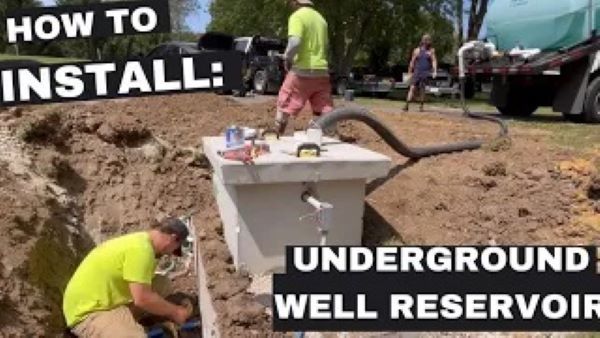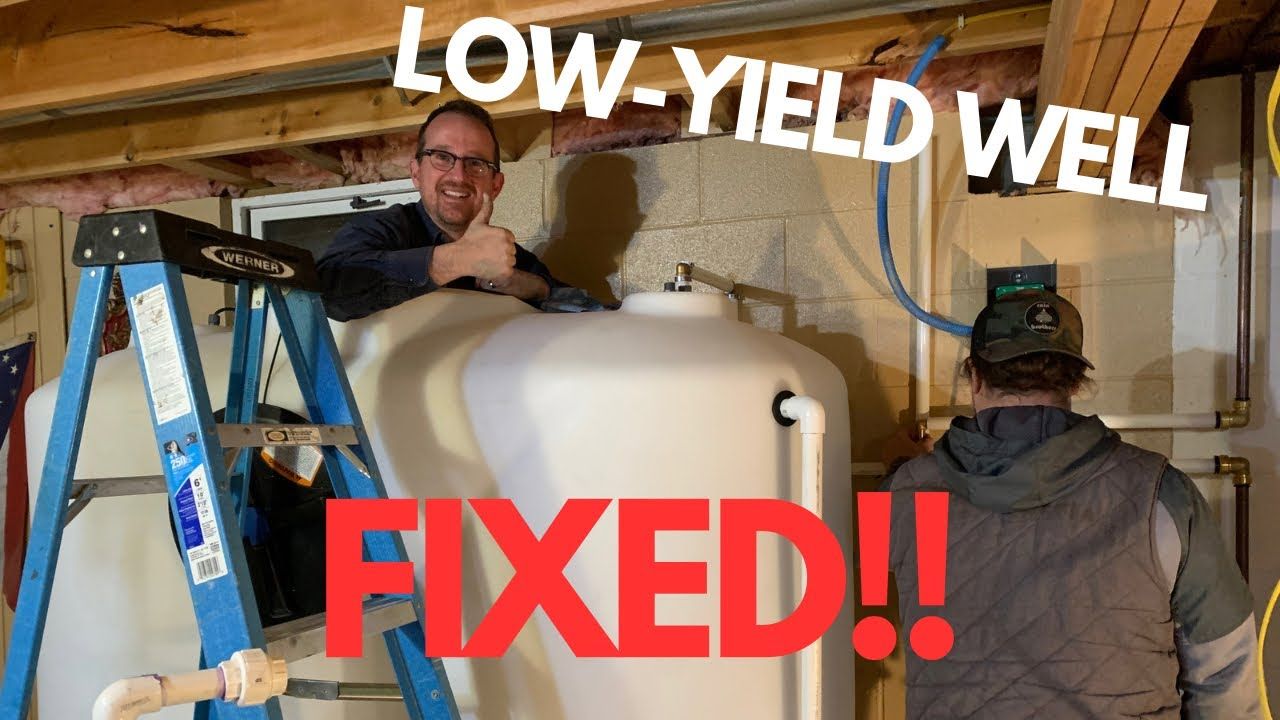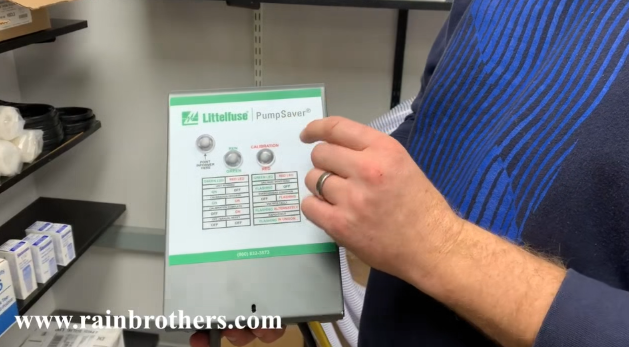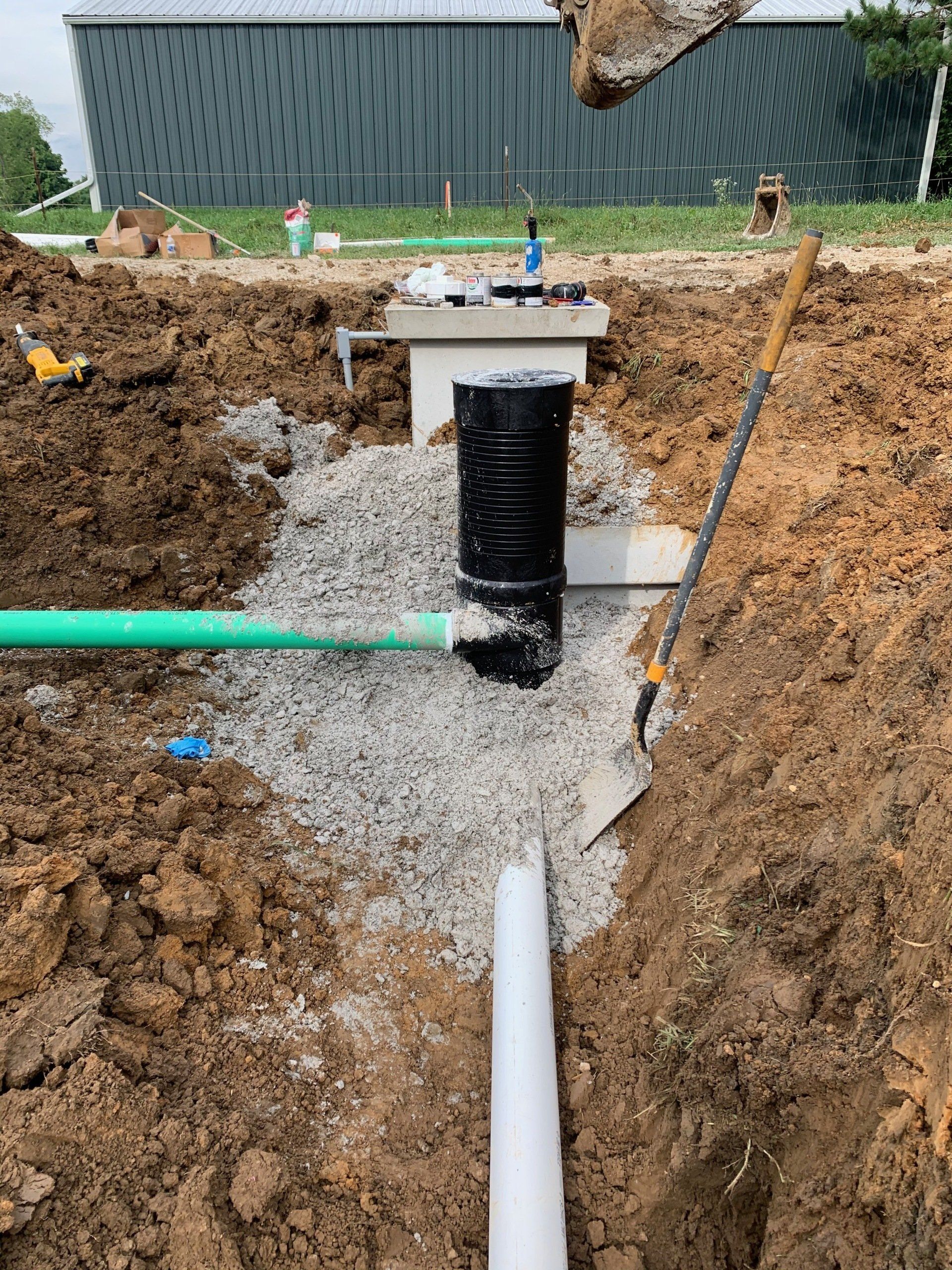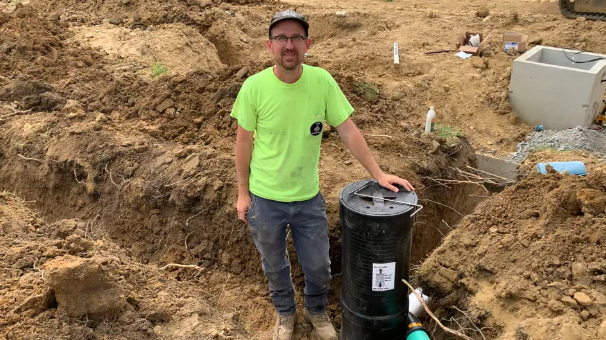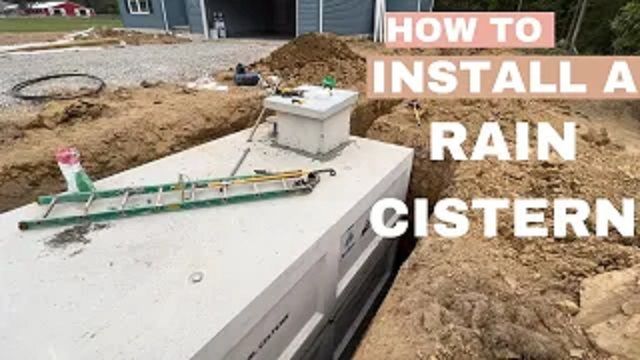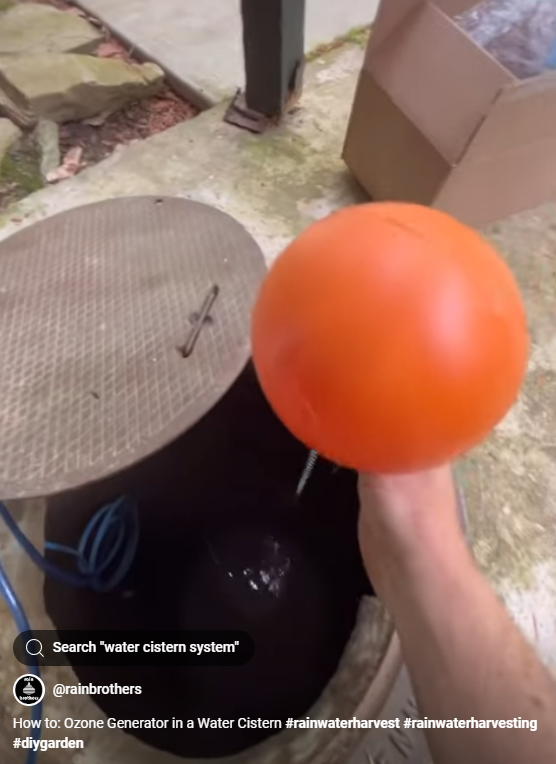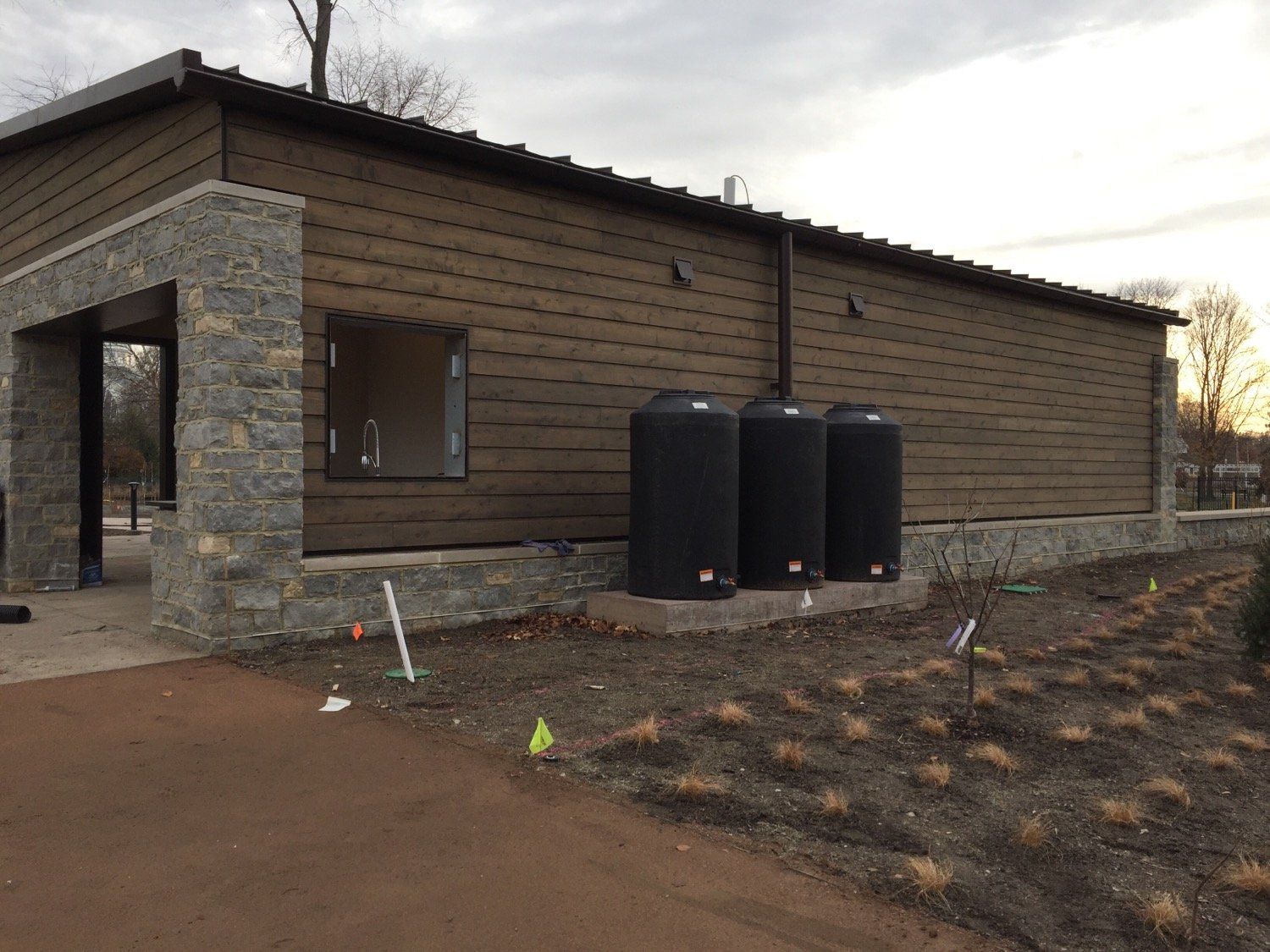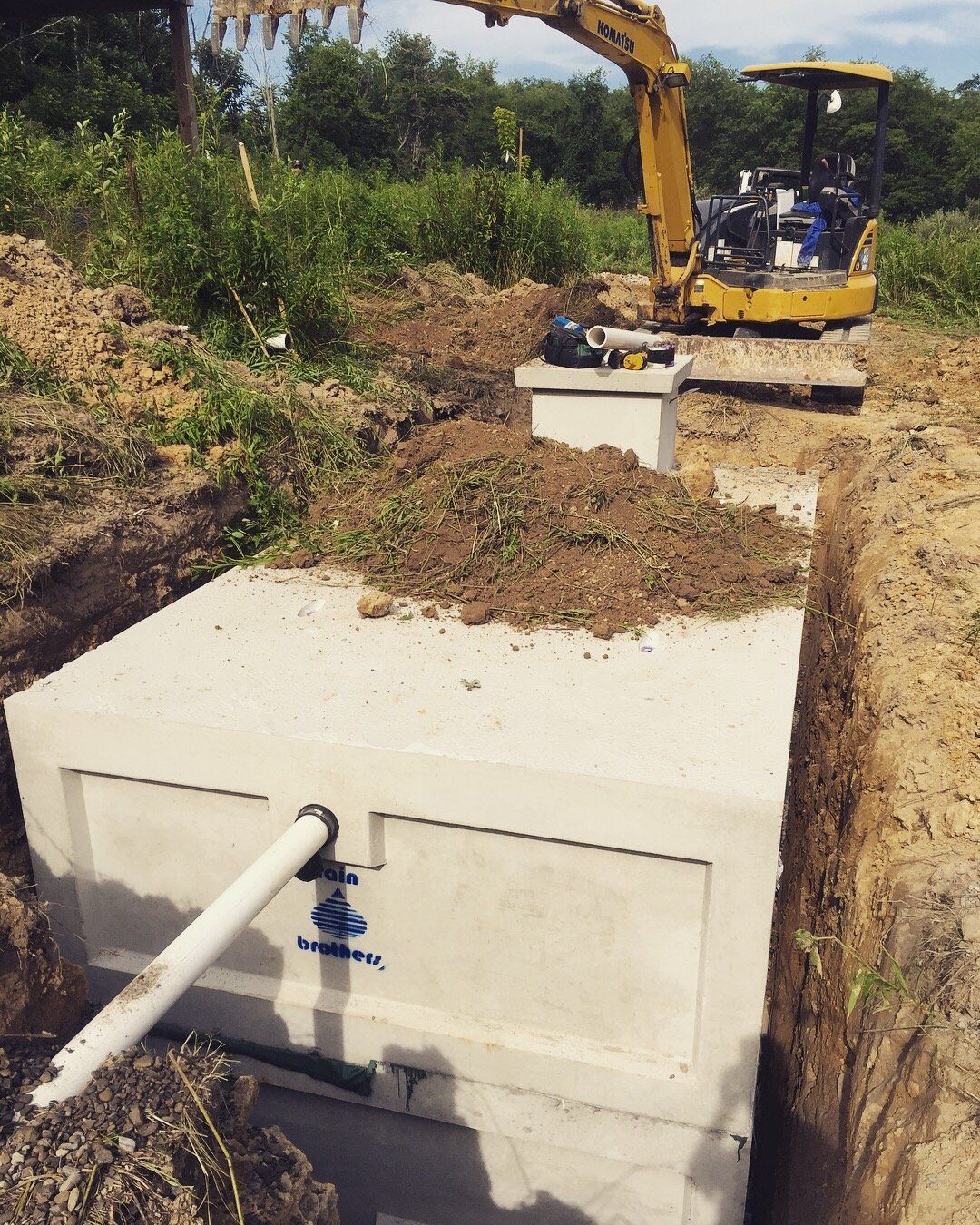Underground Reservoir Systems for Low Yield Wells
How to Install And Underground Well Reservoir System
In today's blog post, we're diving into the details of creating an underground reservoir for low flow, low yield wells. This method provides a more reliable water system, especially when you need more than just a 500-gallon basement tank. Jonathan from Rain Brothers shares insights and practical steps to install a 2,500-gallon concrete cistern effectively.
Understanding the Need for an Underground Cistern
For some households with low yield wells, an indoor reservoir might not suffice, especially when larger storage is necessary. Installing a large underground tank outside to route your well water can be a viable solution. Additionally, having the capability to truck in water becomes essential if your well struggles to produce enough.
Step-by-Step Installation Process
Digging and Preparing the Site
The installation begins by digging a pit about 15 feet away from the existing well. Simultaneously, a trench for the new cable supplying power to the cistern pump is also dug from the house to the site.
Locating Existing Infrastructure
The existing well has a water line and a power line running through it. The water line and cable, identified by disturbed backfill soil, are carefully dug up with an excavator and spotter.
Setting the Concrete Tank
A 2,500-gallon concrete tank is set in place. The existing water line is modified with two 90-degree fittings, sprayed with pink tape for easy visibility, and prepared for connection to the new system.
Connecting the Water Line
The objective is to reroute the water from the well into the cistern and then from the cistern to the house. The existing water line is intercepted, connected to the cistern, and then tied back to supply water to the house.
Connecting the Electrical System
The well's cable contains three wires, two hot wires, and a ground. One hot wire is intercepted and routed through a float switch in the cistern, which controls the pump based on the water level.
Ensuring a Reliable System
A crucial component added to the system is a pump saver. This device detects when the well is drawing air, shuts off the pump to prevent it from running dry, and allows the well time to recharge.
Setting Up the Final Connections
After installing the tank and rerouting the lines, the next step is to connect the new pump in the cistern to the existing pressure switch in the house. Ensuring that the new pump operates at the same voltage as the previous one avoids the need to change the panel breaker.
Testing and Completion
The system undergoes testing to ensure functionality. Once the float switch activates and stops as expected with water level changes, the installation is complete.
Conclusion
This project offers a comprehensive guide to enhancing water supply reliability for households with low yield wells. For those with pumps exceeding 1.5 horsepower, some additional design considerations are necessary, so consult with a professional if your system includes a larger pump.
For additional guidance, Rain Brothers provides a Low Yield Well Reservoir Kit and offers a series of installation videos available in the description below.
Closing
We hope this guide has been informative and helpful. For further questions, or to purchase the reservoir kit, visit RainBrothers.com. Please like, share, and subscribe for more insightful posts. Thank you for reading!
